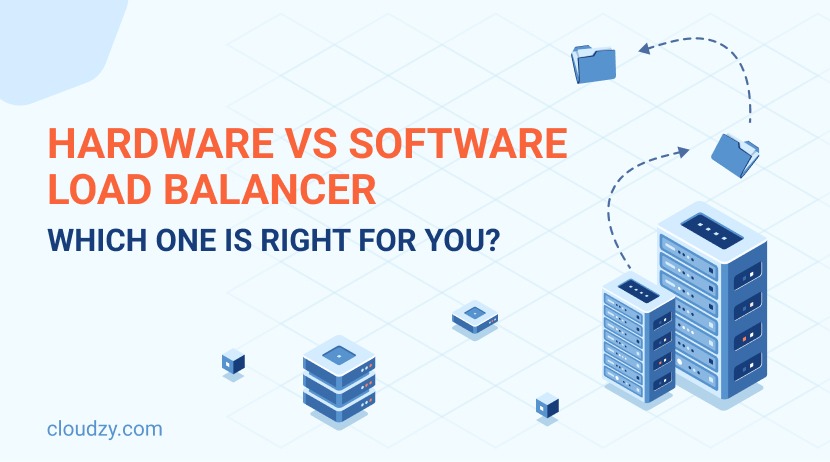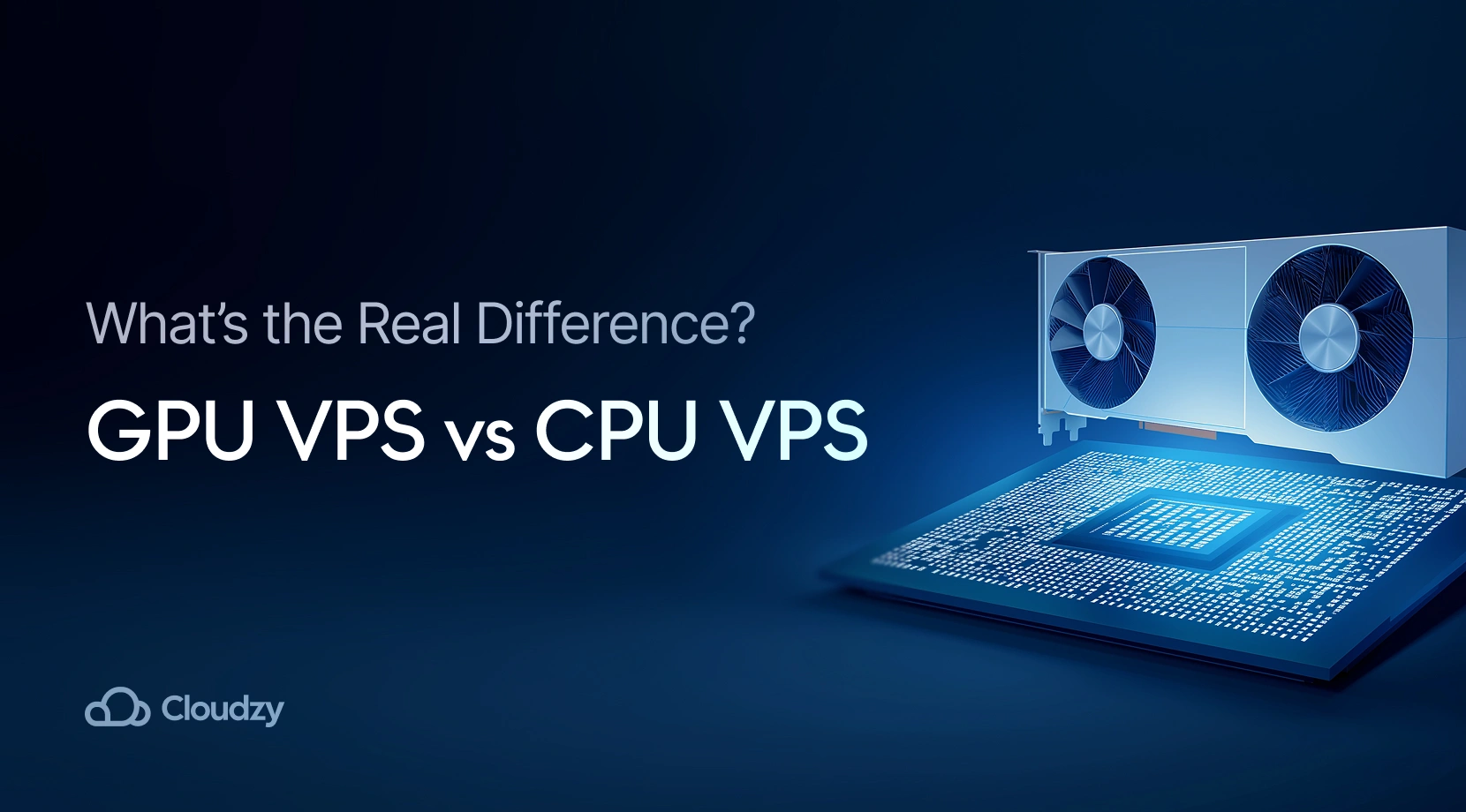If you want to implement load balancing to have a smoother service delivery and increase efficiency, you need to know which laid balancing approach is right for your organization. The two most fundamental approaches to load balancing are hardware vs software load balancer. In this blog post, we’ll try to understand the differences between software load balancer and hardware load balancer options. By following this blog, you can make an informed choice that suits your organizational requirements.
Hardware vs Software Load Balancer; What Is the Difference?
Understanding the different types of load balancers is highly important for making sure that your online services are highly available and perform well. As we try to explain the core distinctions of hardware vs software load balancer, it’s important to understand their fundamental role in distributing traffic across servers to enhance application responsiveness and reliability.
Hardware Load Balancer
A hardware load balancer, also known as a physical load balancer or loadbalancer hardware, is a dedicated piece of hardware that is built specifically for distributing network traffic.
Load balancing hardware is usually a router or a switch that acts as a mediator between the server and the client. There’s a 7-layer system, known as OSI model, that we use to describe how computers communicate over a network. Hardware load balancer operates on the 4th and the 7th layer of the OSI model. The 4th layer is where data is transmitted using UDP and TCP. And the 7th layer, which is also called the application layer, is about human-computer interactions. In this layer, some transport protocols like HTTP and FTP are used to send and get information to and from the users.
So, hardware load balancer acts as a mediator, but what does that even mean? It means that it sits between the client and the servers. Imagine we’re talking about website traffic here. Every user request is first received by the load balancer hardware. Then, the hardware decides how to route this website traffic to servers.
Software Load Balancer
The main function of a software load balancer is exactly the same as a hardware load balancer. It’s simply a mediator between the client and the servers. However, despite hardware load balancing, it doesn’t require hardware appliances and can be installed on servers or virtual machines. A software load balancer uses load-balancing algorithms to decide how to distribute the traffic across the servers. But since the whole process is much more detailed, let’s take a step-by-step look at how software load balancers operate:
- Incoming Request: A client sends a request to access a website or application.
- Traffic distribution and server selection: The software load balancer receives the request and decides which server to route it to. For this step, the software load balancer should choose a suitable algorithm. Then, it should select the most suitable server based on this algorithm.
- Server Health Check: Software load balancer is able to perform health checks. Before forwarding the request to the server, the load balancer checks if the selected server is healthy. This way, it makes sure that the server can handle the request.
- Forwarding the request: If the selected server is healthy and ready, the software load balancer forwards the request to the server.
- Handling the response: The server processes the request and sends the response back to the load balancer. Then, the load balancer forwards the response to the client.

How to Choose the Right Type of Load Balancer for Your Organization
Why would you use a load balancer? Obviously, one of the most important reasons for using load balancers is to optimize performance. But if you don’t consider the differences between hardware vs software load balancer, you won’t be able to determine which one is right for you. Making a thoughtful decision between hardware vs software load balancer depends on your specific needs, including budget, traffic volume, and the level of control you require over the load balancing process. So, let’s see how you can make this decision.
Considering the Needs of Your Organization
If you have a large enterprise with high traffic volumes, you know that a high-functioning load balancing solution can highly optimize your performance. For the level of functionality that your company needs, a physical load balancer is the best choice.
Hardware load balancers excel in environments where reliability and low latency are important. These load balancer hardware units come with specialized processors and pre-installed software that make them efficient at distributing network or application traffic.
On the other hand, for small to medium-sized enterprises (SMEs), or organizations that experience fluctuating traffic, a software load balancer is more cost-effective. Since software load balancers run on virtual machines, they can be easily scaled up or down based on your current demand. This flexibility is great for businesses that expect growth or experience seasonal traffic spikes. Load balancer software solutions also integrate with cloud-based services and APIs. This makes them more reliable than hardware load balancer solutions. So, in general, they are suitable for organizations that want an affordable and scalable solution that can easily adapt to changing business needs.
Assessing Technical Requirements and Expertise
Another critical factor in choosing between a hardware vs software load balancer is assessing the technical expertise of your organization. Hardware load balancers need specialized knowledge for configuration and maintenance. This means you may need a dedicated IT team. On the other hand, software load balancers are more user-friendly and integrate well with existing IT infrastructures and cloud services.
If you don’t know how load balancing can actually enhance the overall performance of your organization, I encourage you to read our other blog on the advantages of load balancing.
Want a high-performance Cloud VPS? Get yours today and only pay for what you use with Cloudzy!
Get Started HereConclusion
In this blog post, we briefly reviewed the main differences between hardware vs software load balancer to help you make an informed decision for your enterprise. The right load balancing solution can enhance your Cloud environment. But the right Cloud VPS solution doesn’t just enhance your performance, it revolutionizes your enterprise. If you’re trying to find the right Cloud VPS solution for your company, consider Cloudzy’s Cloud VPS as a high-performing and reputable option. At Cloudzy, we offer a 99.95% uptime guarantee, 24/7 technical support, 15 active global locations, and top-notch infrastructure that promises you zero latency.
FAQ
What is difference between software and hardware load balancer?
Software load balancers are applications that distribute traffic among servers. Hardware load balancers are physical devices designed specifically for load balancing with dedicated processing power.
Why use hardware load balancer?
Hardware load balancers are great for high-traffic environments because they offer fast processing, reliability, and security. They have dedicated resources for handling large volumes of traffic efficiently.
Is Nginx a load balancer?
Yes, Nginx can function as a load balancer. It distributes incoming network traffic across multiple servers to balance the load. This way, it improves the speed and reliability of web applications.




